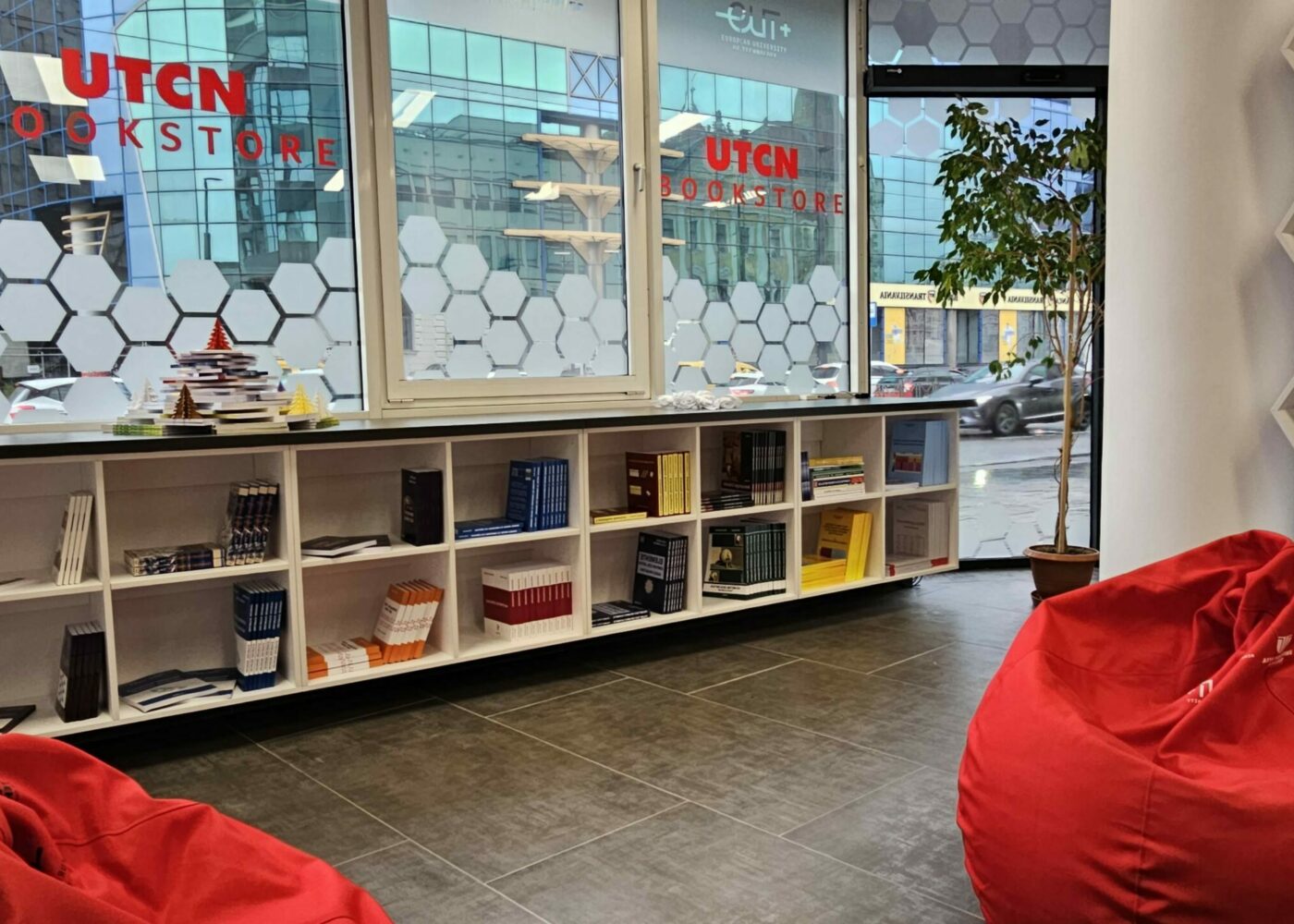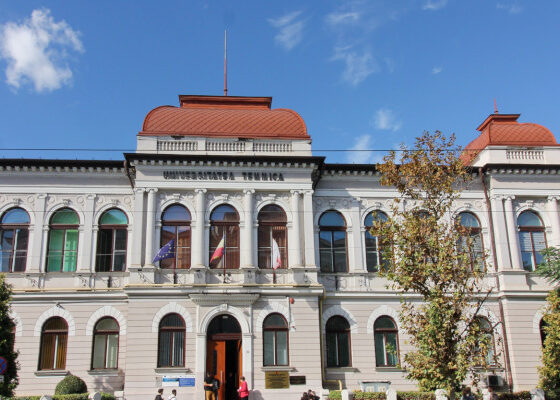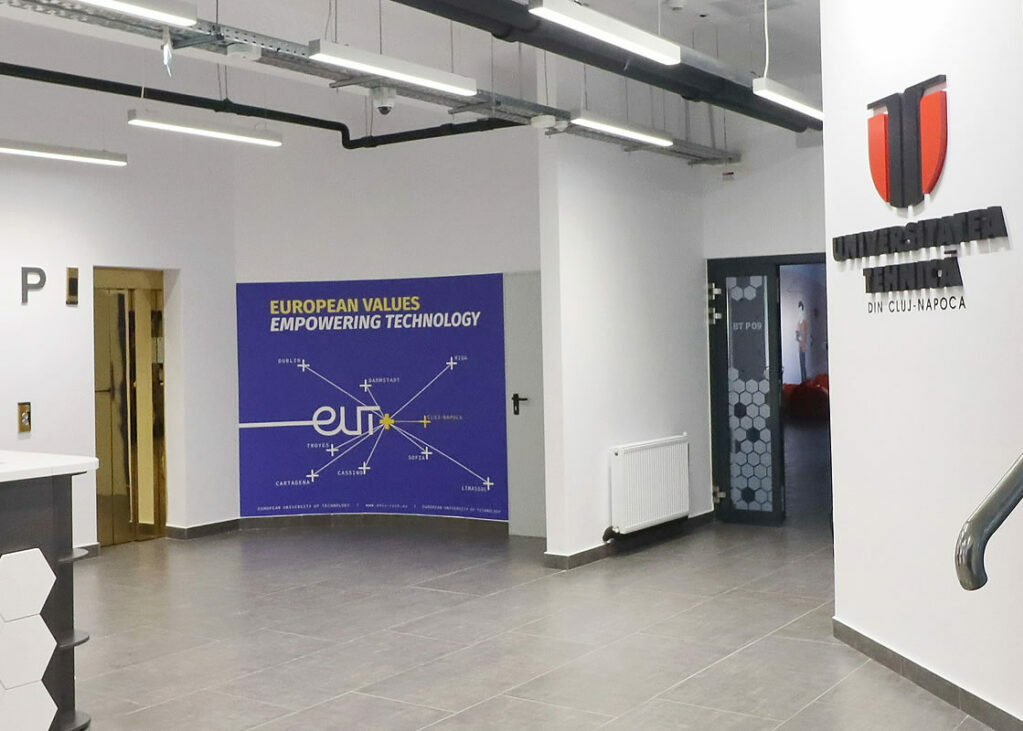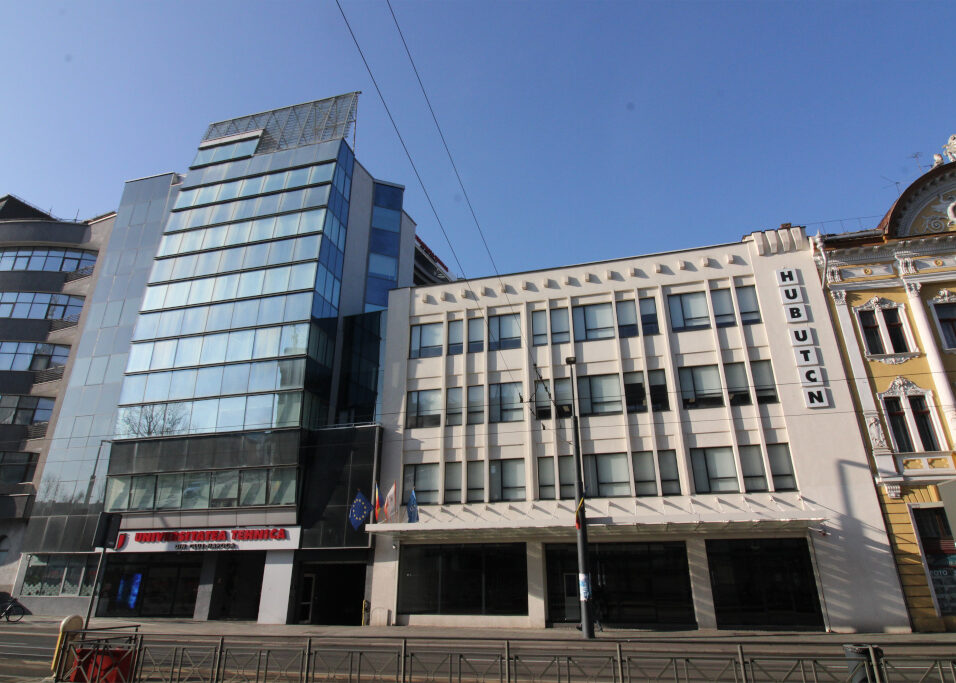Romania
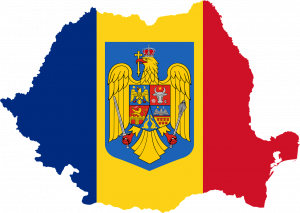 Romania is a beautiful country in Eastern Europe, where more than 23 million Romanians, Hungarians, Serbs, Bulgarians, Ukrainians and other nationalities live peacefully together. The Romanian people are a blend between Romans and Dacians and their soul and culture reflect the combined influences of the Latin world and of Eastern Europe.
Romania is a beautiful country in Eastern Europe, where more than 23 million Romanians, Hungarians, Serbs, Bulgarians, Ukrainians and other nationalities live peacefully together. The Romanian people are a blend between Romans and Dacians and their soul and culture reflect the combined influences of the Latin world and of Eastern Europe.
Visitors can enjoy a rich variety of scenery, mountains, plains, lakes, rivers and sea, bustling towns and peaceful rural areas. Romania’s climate is temperate continental, subject to the influences of the four seasons. More information at: http://www.romaniatourism.com/
Since 1989 Romania has been a democratic country, part of the European Union and within the Schengen Area. More on entry visas: Ministry of Foreign Affairs, General Inspectorate for Immigration
Romanian culinary delights and the hospitality of Romanians have a justified reputation all over the world, together with the excellent wines, champagnes and beers. These, and a rich cultural heritage in arts, literature and music, ground breaking achievements in sciences and sports, make Romania a very special place to live in or to visit.
Cluj-Napoca

Cluj-Napoca, or simply Cluj is a city in northwestern Romania. It is the second-most populous city in the country and the seat of Cluj County. Geographically, it is roughly equidistant from Bucharest (445 km; 277 mi), Budapest (461 km; 286 mi) and Belgrade (483 km; 300 mi). Located in the Someșul Mic river valley, the city is considered the unofficial capital of the historical province of Transylvania. For some decades prior to the Austro-Hungarian Compromise of 1867, it was the official capital of the Grand Principality of Transylvania.
As of 2021, 286,598 inhabitants live in the city. The Cluj-Napoca metropolitan area had a population of 411,379 people, while the population of the peri-urban area is approximately 420,000. According to a 2007 estimate, the city hosted an average population of over 20,000 students and other non-residents each year from 2004 to 2007. The city spreads out from St. Michael’s Church in Unirii Square, built in the 14th century and named after the Archangel Michael, Cluj’s patron saint. The municipality covers an area of 179.52 square kilometres (69.31 sq mi).
Although it suffered a strong setback due to the barbarian invasions that followed the withdrawal of the Romans (in 271), in the Middle Ages the city experienced a flourishing civilization, accompanied by an exceptional accumulation of economic, artistic and cultural values that justified the attribution and consolidation of a nickname that few cities could be proud of: that of “treasure city”. The privileges granted by King Charles Robert of Anjou, in 1316, conferred on it the status of “royal (free) city”, among the most important privileges being: the right to have its own administration, the right to judge, the right to carry out commercial exchanges, the right to build its own churches and cemeteries. In 1405, King Sigismund of Luxembourg granted new privileges to the city, including the extension of the fortified enclosure.
The city also benefited from the special protection of another great king, born in Cluj: Mathias Corvinus (1458-1490). His reign is linked to the completion, restoration or beginning of the construction of some of the most representative monuments of the city – the completion of the Church of St. Michael (around 1480) and the completion of the fortified city enclosure by the erection of the Tailors’ Tower around 1475. Matthias’ most important building in Cluj was the church of the Franciscan Minorites (now reformed) on Lupilor Street (today M. Kogalniceanu Street), financed by a substantial royal donation, the construction of which began in 1486.
The first fortified enclosure of the medieval city was built after the Tatar invasion of 1241 and after the royal act of 1316, covering an area of approximately 7 hectares with the center in the current Museum Square. The tower in the southeast corner, called the Stonemasons’ Tower by the guild that administered it, was also used as a dungeon. The second fortified enclosure was much larger, covering approximately 45 hectares between the walls. In the 15th century, 18 bastions and towers were mentioned in the corners of the fortress, at the city gates or in between (the Bridge Tower, the Monastery Tower, the Tailors’ Tower, etc.), Cluj being described by humanist authors as a “large and rich commercial city, well built, with strong and ancient walls and numerous towers” (Giovanandrea Gromo).
Between 1713-1716, a Vauban-style city garrison was built on Cetatuia Hill by the Austrians. Inside the fortress, the German historian and thinker Stephan Ludwig Roth, a participant in the 1848 Revolution, was executed in 1849 by the Hungarian authorities. Declared a historical monument, the Cetatuia also offers visitors a beautiful perspective on the city.
More on Cluj-Napoca: https://visitcluj.ro/
Getting to Cluj-Napoca
- By air:
- “Avram Iancu” International Airport in Cluj-Napoca offers travelers 52 routes in 21 countries. The airport is located at approximately 10km from the city center. It takes about 20 min by taxi and 30min by public transport to reach the airport from the city center.
- Close-by airports are Transilvania Târgu Mureș Airport, and Sibiu Airport.
- By train: there are connections by train to Budapest and Wien: https://www.cfrcalatori.ro/en/
- By car: Cluj-Napoca is located at around 150km from the Hungarian border and is part of the Schengen area.
Weather
Cluj-Napoca experiences a temperate continental climate, characterized by four distinct seasons with moderate rainfall and variable temperatures throughout the year.
- Winter (December–February): Winters are cold, with temperatures often ranging between -5°C and 5°C (23°F to 41°F). Snowfall is common, especially in January, though it varies by year. Occasionally, cold waves can bring temperatures below -10°C (14°F).
- Spring (March–May): Spring starts off chilly but gradually warms up, with temperatures ranging from 5°C to 20°C (41°F to 68°F) by late May. Rain showers are frequent, and the city begins to bloom with greenery.
- Summer (June–August): Summers are warm but not excessively hot, with average temperatures between 15°C and 30°C (59°F to 86°F). Heatwaves can push temperatures above 35°C (95°F), though they are usually short-lived. Thunderstorms are common, particularly in the afternoons.
- Autumn (September–November): The fall season is mild and colorful, with temperatures cooling from around 20°C (68°F) in September to 5°C (41°F) in November. Rainfall is frequent, and foggy mornings become more common as winter approaches.
Overall, Cluj-Napoca has a moderate and comfortable climate, with cold but manageable winters and pleasant summers. Rain is distributed throughout the year, with spring and autumn being the wettest seasons.
Weather forecast: link
Attractions
1. St. Michael’s Church (Biserica Sfântul Mihail)
- Description: A stunning Gothic-style church located in Union Square, serving as a central landmark of Cluj-Napoca.
- Website: St. Michael’s Church
2. Alexandru Borza Botanical Garden
- Description: One of Southeastern Europe’s most beautiful and complex botanical gardens, featuring Japanese and Roman gardens, as well as a vast collection of plant species.
- Website: Alexandru Borza Botanical Garden
3. The Fortress Hill (Dealul Cetățuia)
- Description: Offers a panoramic view of the city, making it a popular spot for both locals and tourists.
- Website: Fortress Hill Information
4. Romulus Vuia National Ethnographic Park
- Description: An open-air museum showcasing traditional Romanian village life, with authentic houses, workshops, and churches.
- Website: Romulus Vuia National Ethnographic Park
5. Turda Gorge (Cheile Turzii)
- Description: A natural reserve known for its impressive limestone cliffs, rich biodiversity, and hiking trails.
- Website: Turda Gorge
6. Turda Salt Mine (Salina Turda)
- Description: A historical salt mine transformed into a unique underground attraction, featuring a museum, amusement park, and health spa.
- Website: Turda Salt Mine
7. Central Park “Simion Bărnuțiu”
- Description: A serene green space in the heart of the city, ideal for leisurely walks, boating, and cultural events.
- Website: Central Park Information
8. National Museum of Transylvanian History
- Description: Exhibits artifacts detailing the rich history of Transylvania from prehistoric times to the modern era.
- Website: National Museum of Transylvanian History
9. Art Museum of Cluj-Napoca
- Description: Housed in the Banffy Palace, this museum showcases a vast collection of Romanian art.
- Website: Art Museum of Cluj-Napoca
10. Hoia Forest
- Description: Often dubbed the “Bermuda Triangle of Romania,” this forest is known for its mysterious phenomena and is a spot for adventure seekers.
- Website: Hoia Forest Information
For more detailed information and additional attractions, you can visit the official tourism website of Cluj County: Cluj Tourism , VisitCluj
Enjoy your visit to Cluj-Napoca and its enchanting surroundings!






